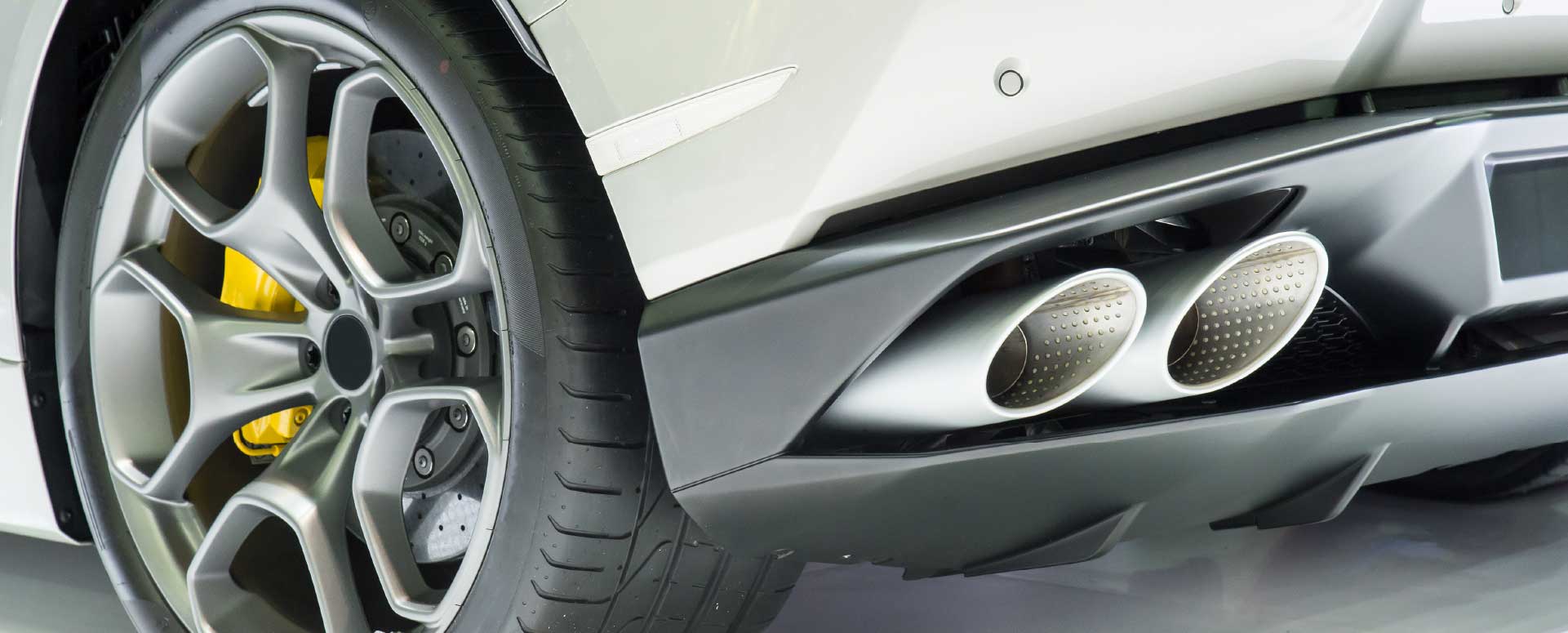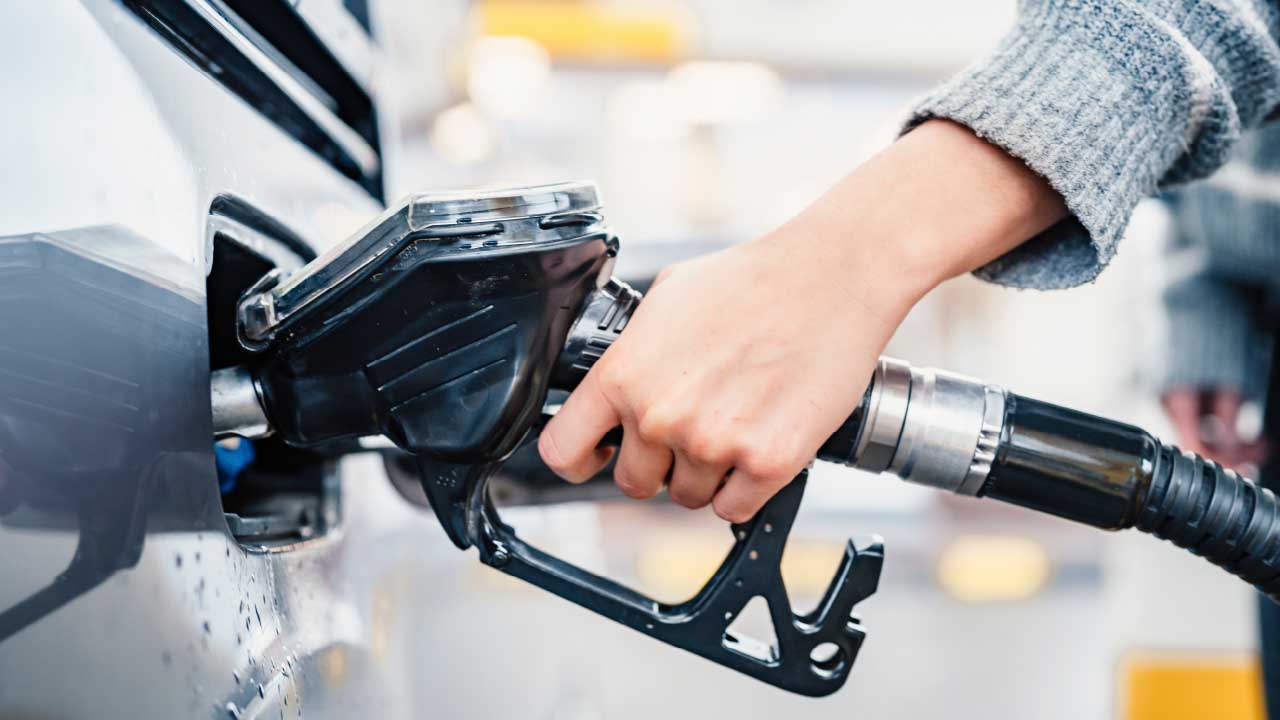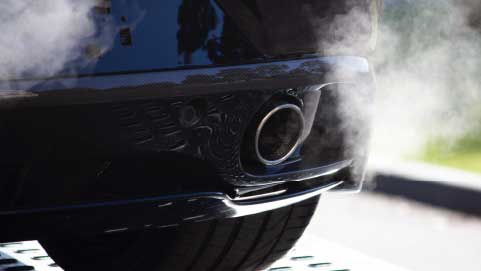An introduction to WLTP
The Worldwide Harmonised Light Vehicle Test Procedure (WLTP) is used to measure C02 emissions, fuel consumption and pollutants. It replaces the outdated New European Driving Cycle (NEDC) test introduced in the 1980s, which was based on theoretical driving, whereas the new test determines values using real-driving data.
The overall aim of the WLTP procedure test process is to present consumers and manufacturers with more accurate information about how a vehicle performs in actual on-the-road conditions, based on current engines. The test is also designed to harmonise testing procedures worldwide, given the importance of CO2 targets.
WLTP test results will be included in the vehicle’s Certificate of Conformity. These updated CO2 measurements will then be used to audit manufacturers’ compliance with CO2 targets and may in the future be considered for VED and BIK calculations.
An introduction to RDE
Also being introduced is the Real Driving Emission (RDE) test figure. The purpose of RDE is to make sure cars and LCVs meet emissions limits in a range of driving conditions, including particulate matter and nitrogen oxides (NOx).
Whilst WLTP is an improvement on NEDC, it is still a laboratory test and certain parameters cannot be measured, such as individual driving style, weather or traffic conditions, and the load of the car. All of these things have an impact on NOx emissions. The RDE test figure seeks to circumnavigate this by fitting a Portable Emissions Measuring (PEMS) device to the car. This piece of equipment records exhaust emissions at the tailpipe, with the test lasting between 90 and 120 minutes and taking into account a mix of urban, rural and motorway driving.
There are two steps to RDE:
- RDE step 1 (with a NOx conformity factor of 2.1) applies since 1st September 2017 for new car types. It will apply to all types as from September 2019.
- RDE step 2 (with a NOx conformity factor of 1.0 plus an error margin of 0.5) will apply in January 2020 for new types and then from January 2021 for all types.
From September 2018, the Euro standard to which a new car has been certified will be shown on the V5c vehicle registration document and the online
What are the key dates for WLTP?
Cars
September 2017: For new models introduced from September 2017, manufacturers will need to publish WLTP statistics. Models in production before September will not.
September 2018: All vehicles registered from September 2018 onwards (regardless of when the model was first produced) will be required to have published figures.
LCVs
September 2018: For new models introduced from September 2018, manufacturers will need to publish WLTP statistics. Models in production before September will not.
September 2019: All LCVs registered from September 2018 onwards (regardless of when the model was first produced) will be required to have published figures.
Two sets of CO2 Values
Until 2020, both NEDC and WLTP standards will be recorded. This may make comparing vehicles confusing, so fleet managers are advised to check that they are comparing values from the same testing procedure when making their decisions.
The EU will review CO2 targets for 2020/2021 based on WLTP emissions results.
How will WLTP affect me?
Car Policy
Evidence from vehicles retested under WLTP shows that average CO2 values are expected to rise, possibly by as much as 25 percent.
If your organisation includes a CO2 limit in your car policy, you may need to consider adjusting it, otherwise you risk drivers falling out of the bands if your car policy is not reviewed.
This will only be possible once manufacturers makes WLTP data available.
Vehicle Tax
It is not expected that WLTP figures be used for Benefit-in-Kind/Company Car Tax purposes until at least April 2020, where it is anticipated it will form part of a wider BIK policy review.
Fuel Consumption
A car or van's fuel consumption performance will not change with new WLTP values.
The higher CO2 value does not mean increased fuel consumption, but rather a more realistic CO2 value due to the change in how the vehicles are tested.
How failing to monitor emissions can cost your business
The shift away from NEDC to WLTP and RDE follows a push toward a more accurate reading of fuel consumption and emissions, which often proved to be worse than official statistics suggested.
Failing to monitor fuel consumption and emissions can have a major cost implication to the business, and a negative impact on the environment. As clean air plans are in sharp focus in the media and as the government acts to reduce levels of NOx in the air, manufacturers are under increasing pressure to shift toward producing greener, cleaner models. Customers are also continually being incentivised to take them up through rising BIK and VED rates for higher emission vehicles.
It is therefore essential that official statistics reflect real-world driving, so that you can choose vehicles that are the best fit for your business, which can have a big impact on your green agenda, the country's air quality, and your fuel bill.







